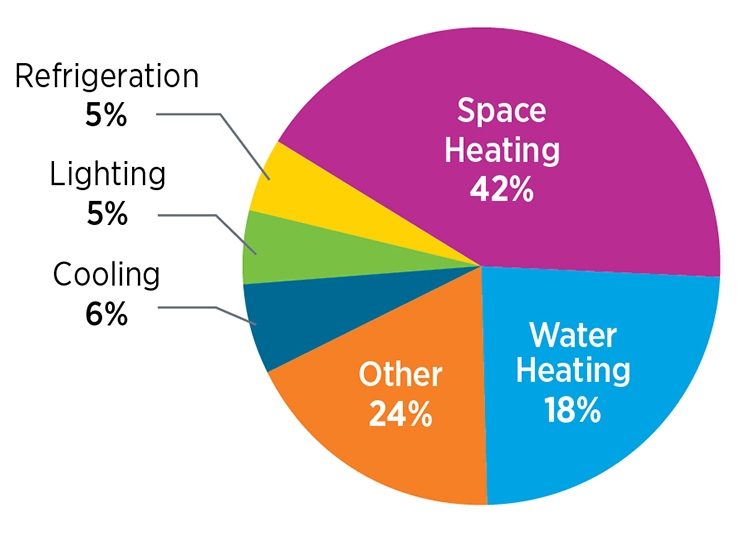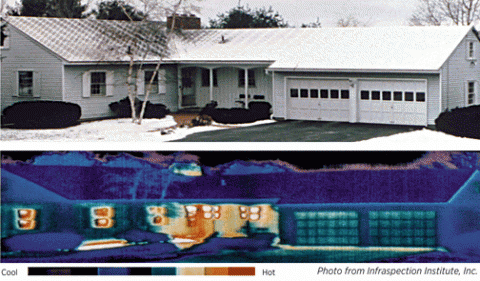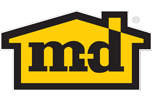Energy Usage

Source: U.S. Energy Information Administration, AEO2014 Early Release Overview.
Understanding Your Energy Usage
Heating (and cooling) accounts for the biggest portion of your utility bills. This is the easiest place to start when looking to save money on your energy bill. Air leaks are a common problem in usually expensive energy bills. It is important to check for air leaks around your windows, doors, lighting and plumbing fixtures, switches, and electrical outlets.
Consider how much money you spend on energy, identify where your greatest energy losses take place, and discover just how quickly it would take for an investment in energy efficiency to pay for itself in energy cost savings. Most people discover that the payback is quick.
Energy Loss

A picture is worth, well… in this case, lost heating dollars. This thermal imaging picture shows warm air escaping through windows and cracks. The red shows where the most warm air is escaping. Source: Energy.gov
Discover Your Energy Loss
Locate Air Leaks:
First, make a list of obvious air leaks (drafts). The potential energy savings from reducing drafts in a home may range from 5% to 30% per year*, and the home is generally much more comfortable afterward.
Check for indoor air leaks, such as gaps along the baseboard or edge of the flooring and at junctures of the walls and ceiling. Also check for leaks on the outside of your home, especially in areas where two different building materials meet. See our “How To” article on detecting air leaks for detailed instructions on finding air leaks yourself.
Solving Your Energy Crisis
Seal Air Leaks:
You should plug and caulk holes or penetrations for faucets, pipes, electric outlets, and wiring. Look for cracks and holes in the mortar, foundation, and siding, and look for leaks around windows and doors. Seal them with the appropriate material. Learn more about selecting and applying caulk and weatherstripping.
